Sri Lanka has a tropical climate with distinct monsoon seasons that vary across different regions of the country. The best time to visit Sri Lanka depends on the specific experiences you’re seeking and the regions you plan to explore. Here’s a general breakdown of the weather and the best times to visit different parts of Sri Lanka.
1.West and South Coast (Colombo, Galle, Bentota):
Best Time: November to April
This is the dry season on the west and south coasts, offering sunny and pleasant weather ideal for beach activities, water sports, and exploring cultural sites.
This is the dry season on the west and south coasts, offering sunny and pleasant weather ideal for beach activities, water sports, and exploring cultural sites.

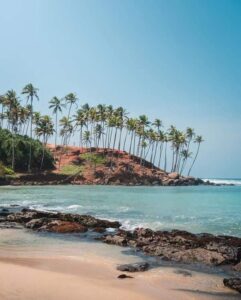
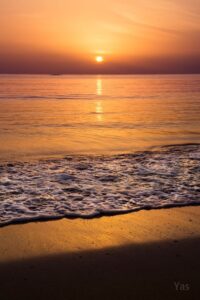
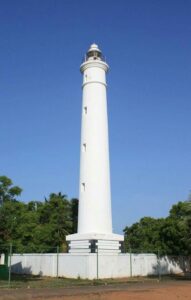
2. East Coast (Trincomalee, Arugam Bay):
Best Time: May to September
During these months, the east coast experiences dry and sunny weather, making it perfect for beach activities, snorkeling, diving, and surfing.
3. Hill Country (Nuwara Eliya, Ella, Kandy):
Best Time: December to March
This is the dry season in the hill country, providing pleasant weather and clear views for trekking, exploring tea plantations, and enjoying the cool climate.
4.Cultural Triangle (Anuradhapura, Polonnaruwa, Sigiriya):
Best Time: January to April; July to September
The dry seasons are the best times to explore the ancient cities and cultural sites in the central and northern parts of the country.
5. Wildlife Safaris (Yala National Park, Udawalawe National Park):
Best Time: February to July
During these months, wildlife sightings are more frequent due to dry conditions, and animals gather near water sources.
6. Overall Shoulder Seasons:
May and September are considered shoulder months, offering a mix of good weather and fewer crowds.
This is the dry season in the hill country, providing pleasant weather and clear views for trekking, exploring tea plantations, and enjoying the cool climate.
4.Cultural Triangle (Anuradhapura, Polonnaruwa, Sigiriya):
Best Time: January to April; July to September
The dry seasons are the best times to explore the ancient cities and cultural sites in the central and northern parts of the country.
5. Wildlife Safaris (Yala National Park, Udawalawe National Park):
Best Time: February to July
During these months, wildlife sightings are more frequent due to dry conditions, and animals gather near water sources.
6. Overall Shoulder Seasons:
May and September are considered shoulder months, offering a mix of good weather and fewer crowds.
During these months, wildlife sightings are more frequent due to dry conditions, and animals gather near water sources.
6. Overall Shoulder Seasons:
May and September are considered shoulder months, offering a mix of good weather and fewer crowds.
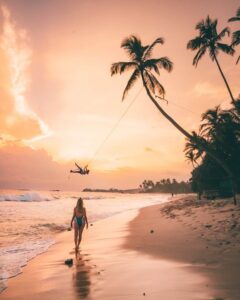
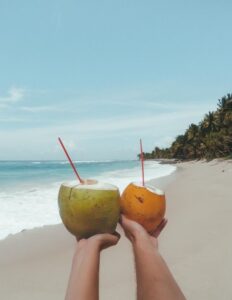


7. Monsoon Seasons:
The two monsoon seasons affect different parts of the country. The southwest monsoon occurs from May to September, affecting the west and south coasts, while the northeast monsoon occurs from October to January, impacting the east coast.
The two monsoon seasons affect different parts of the country. The southwest monsoon occurs from May to September, affecting the west and south coasts, while the northeast monsoon occurs from October to January, impacting the east coast.
Keep in Mind:
Sri Lanka’s weather patterns can sometimes vary, and unexpected rainfall can occur even outside of the monsoon seasons.
If you’re planning to visit during a specific festival or event, check the dates and plan accordingly. For example, the Kandy Esala Perahera festival usually falls in July or August.
Ultimately, the best time to visit Sri Lanka depends on your preferences, the experiences you want to have, and the regions you want to explore. It’s a good idea to research the specific destinations you plan to visit and consider the weather patterns for those areas before finalizing your travel plans.
If you’re planning to visit during a specific festival or event, check the dates and plan accordingly. For example, the Kandy Esala Perahera festival usually falls in July or August.
